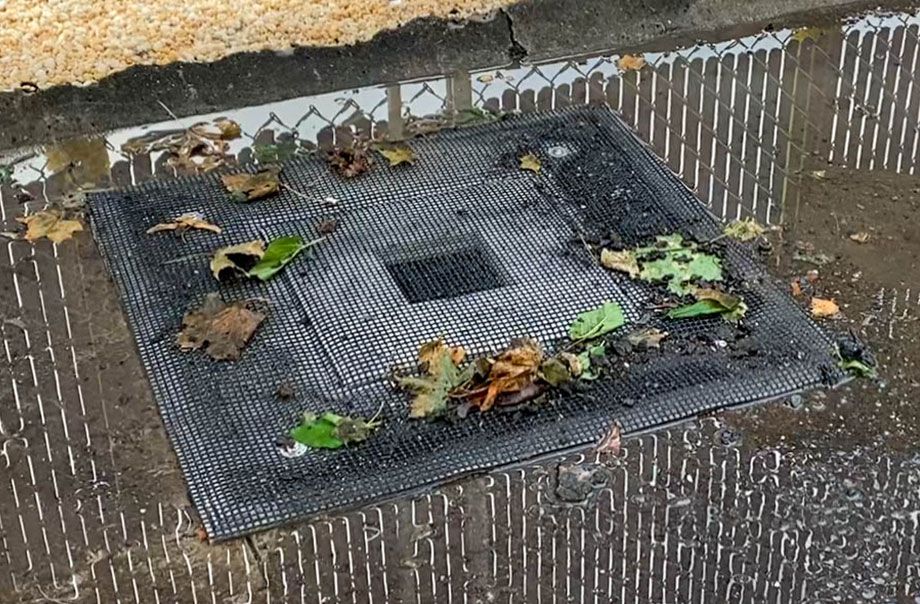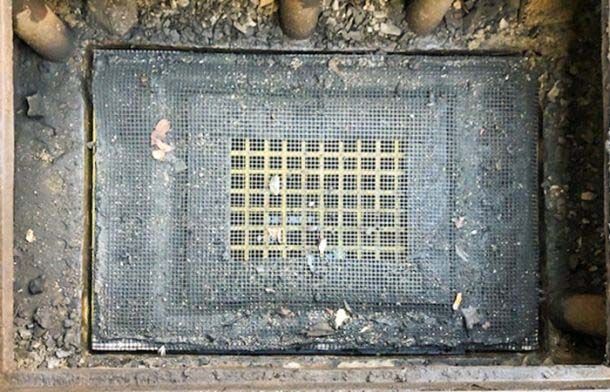
RECENT POSTS
Stormwater Pollution Prevention Plans (SWPPP)
A typical SWPPP includes:
-
Identification of individuals with responsibilities in the Plan
-
Site description
-
Summary of potential pollutant sources
-
Description of control measures / Best Management Practices (BMPs)
-
Documentation of compliance with other federal, state and local regulations
-
Certification of the SWPPP
Although templates are available to help facilities with their planning efforts, SWPPPs aren’t “cookie cutter” plans: they are specific to each facility. They identify the activities that take place at the site and list all of the different types of pollutants that could be discharged.
What really makes each SWPPP unique are the site-specific, proactive processes, procedures and practices that are outlined in the plan. These are collectively known as Best Management Practices (BMPs). Their overarching goal is to prevent spills from happening so that pollutants aren’t discharged.
In addition to BMPs, the plan must also include spill response procedures and document the resources available to anyone who will respond to a spill. Employee training, maintenance and inspection schedules must also be included.
To be effective, SWPPPs must be living documents. When onsite processes or activities change, plans need to be updated to reflect those changes.
Every facility shares the responsibility of preventing pollutants from reaching waterways. Creating an effective SWPPP and implementing the practices and procedures it contains help facilities to effectively prevent pollutants from being discharged.
Related Articles
Shop HuskyGuard Stormwater Filters
Subscribe for Updates:
Sign up here to get the latest news, rules, and regulations and delivered right to your inbox.

